Understanding Geospatial
Before we delve into the depths of geospatial excellence, it’s essential to grasp the fundamental principles that underpin this field. Geospatial, at its core, relates to everything associated with the Earth’s surface, its features, and the complex relationships between them. It involves the systematic collection, analysis, and interpretation of spatial data to gain insights and create visual representations of various phenomena.
Geospatial technologies serve as the foundation of this discipline, encompassing a diverse array of tools and techniques used to capture, manipulate, and analyze geographic information. These technologies have fundamentally altered the way we perceive and engage with our environment, offering profound insights into our world.
When the journey to earning your Ph.D. reaches its pinnacle, you may find yourself in need of dissertation writing services from PhD writers – EssayPro.com. Dissertation writing is a monumental task that demands expertise, precision, and an in-depth understanding of the subject matter. With EssayPro.com, you gain access to a team of experienced Ph.D. writers who specialize in crafting dissertations.
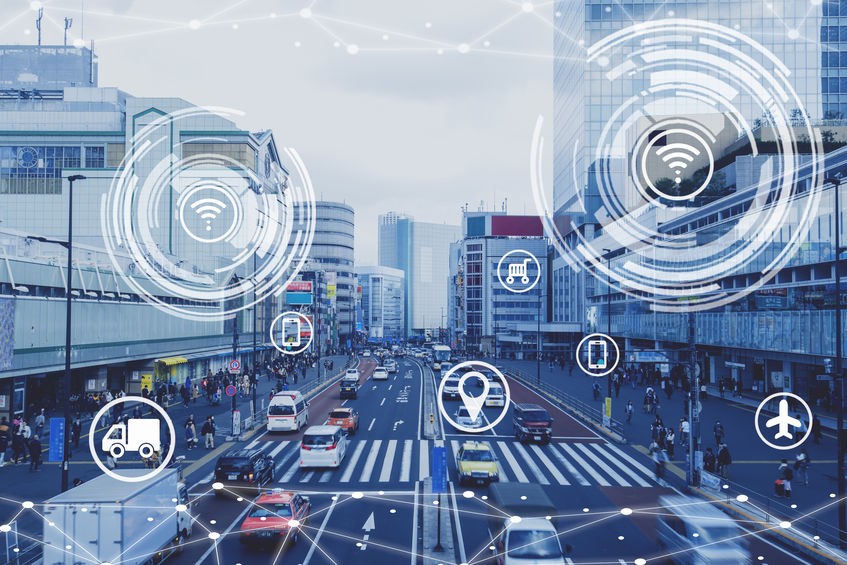
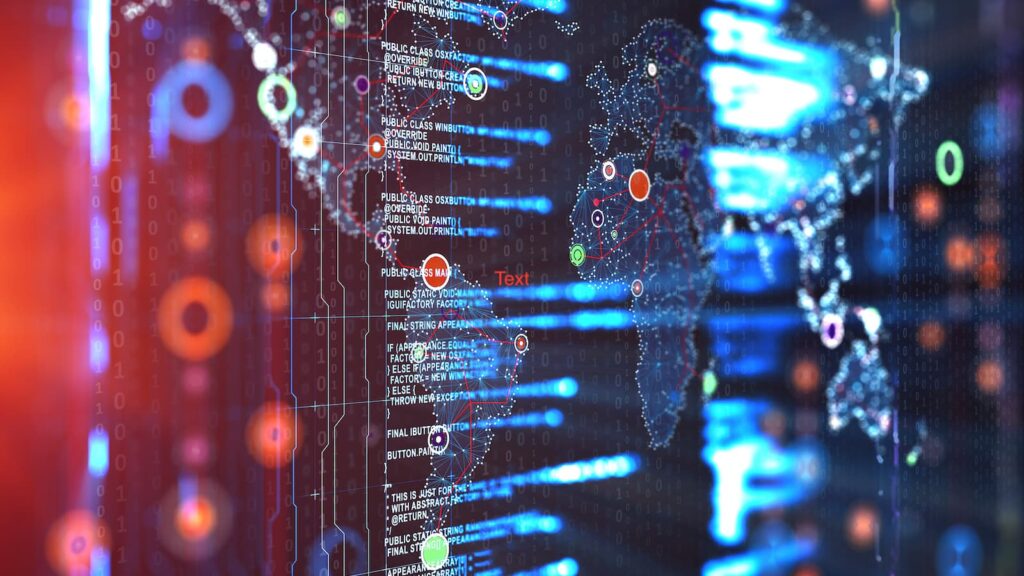
History of Geospatial Excellence
The history of geospatial excellence traces a captivating journey through time, marked by significant milestones and groundbreaking technological advancements. Its roots extend deep into the annals of human civilization, when early explorers and navigators relied on rudimentary maps and celestial observations to traverse the Earth’s surface.
However, the true revolution in geospatial excellence commenced with the advent of satellite imagery and Geographic Information Systems (GIS). In the mid-20th century, the launch of the first Earth-observing satellites ushered in a new era of global awareness. These satellites began furnishing an abundance of data that allowed us to monitor changes in land use, track weather patterns, and even assess the health of ecosystems.You can write me an essay on this topic.
Advancements in Geospatial Technology
The progress in geospatial technology over the decades has been nothing short of extraordinary. Satellite imagery, one of the pillars of geospatial excellence, has evolved to provide us with increasingly high-resolution images. These images are indispensable in a multitude of fields, from urban planning and agriculture to disaster management and environmental conservation.
Internet mapping technologies have played a pivotal role in redefining how we interact with geographical information. Platforms such as Google Maps and Microsoft Virtual Earth have made geographic data accessible to anyone with an internet connection. This accessibility has not only enriched our daily lives but also revolutionized industries like logistics, tourism, and real estate.
The Best essay Writing Services are distinguished by their exceptional quality, punctuality, and adherence to academic integrity. They offer personalized assistance, maintaining confidentiality while catering to a wide array of subjects with expert writers and comprehensive support for students.
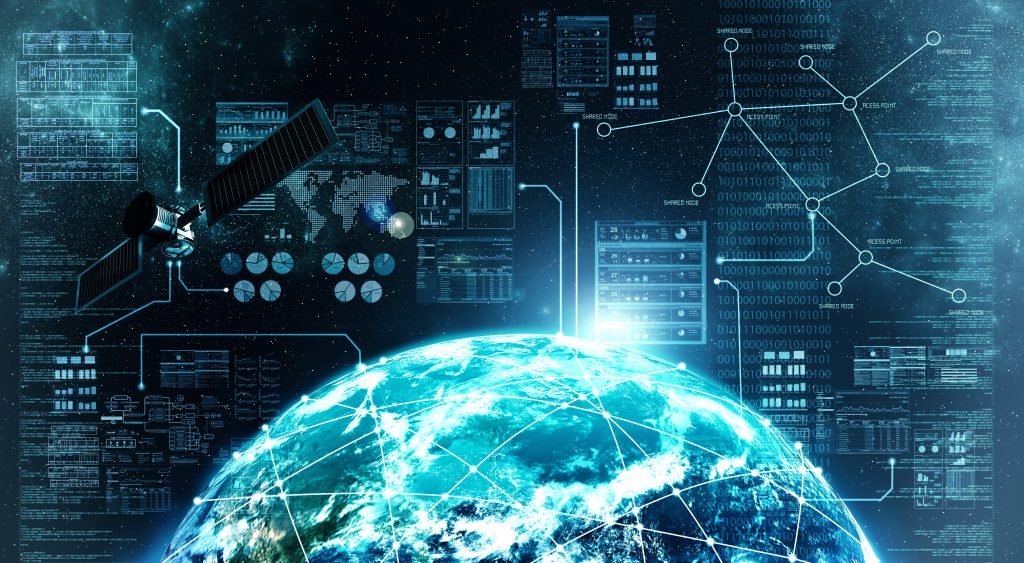
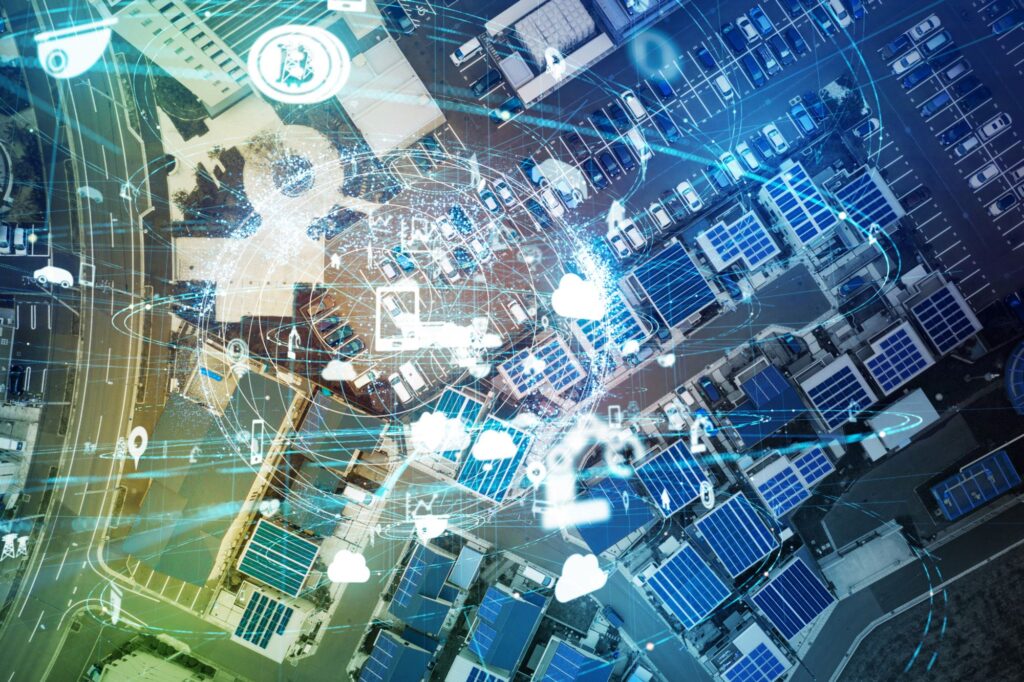
Geographic Information Systems (GIS)
At the heart of geospatial excellence lies Geographic Information Systems (GIS). GIS is a digital software that empowers users to capture, store, manipulate, analyze, and visualize geographic information systematically. It stands as a powerful tool with diverse applications, including urban planning, transportation management, and environmental monitoring.
GIS facilitates the integration of various types of spatial information, including vector data and raster data. Vector data represents geographic features as points, lines, and polygons, making it ideal for precise location intelligence. Raster data, on the other hand, utilizes a grid-based system to represent information, proving valuable in applications such as agricultural monitoring and forest fire suppression.
The Importance of Geospatial Data
In the contemporary era, where data reigns supreme, geospatial data holds a central position in decision-making and problem-solving. The insights gleaned from geospatial analysis and GIS applications are invaluable for governments, businesses, and researchers alike. They aid in comprehending intricate geographical patterns, optimizing resource allocation, and enhancing overall efficiency.
Geospatial intelligence, derived from geospatial data, serves as a critical asset in matters of national security. Defense satellites, equipped with advanced geospatial software, offer real-time locational information, enabling governments to monitor potential threats and respond with agility. Commercial satellites complement this intelligence by capturing and analyzing geographical information from different regions worldwide.
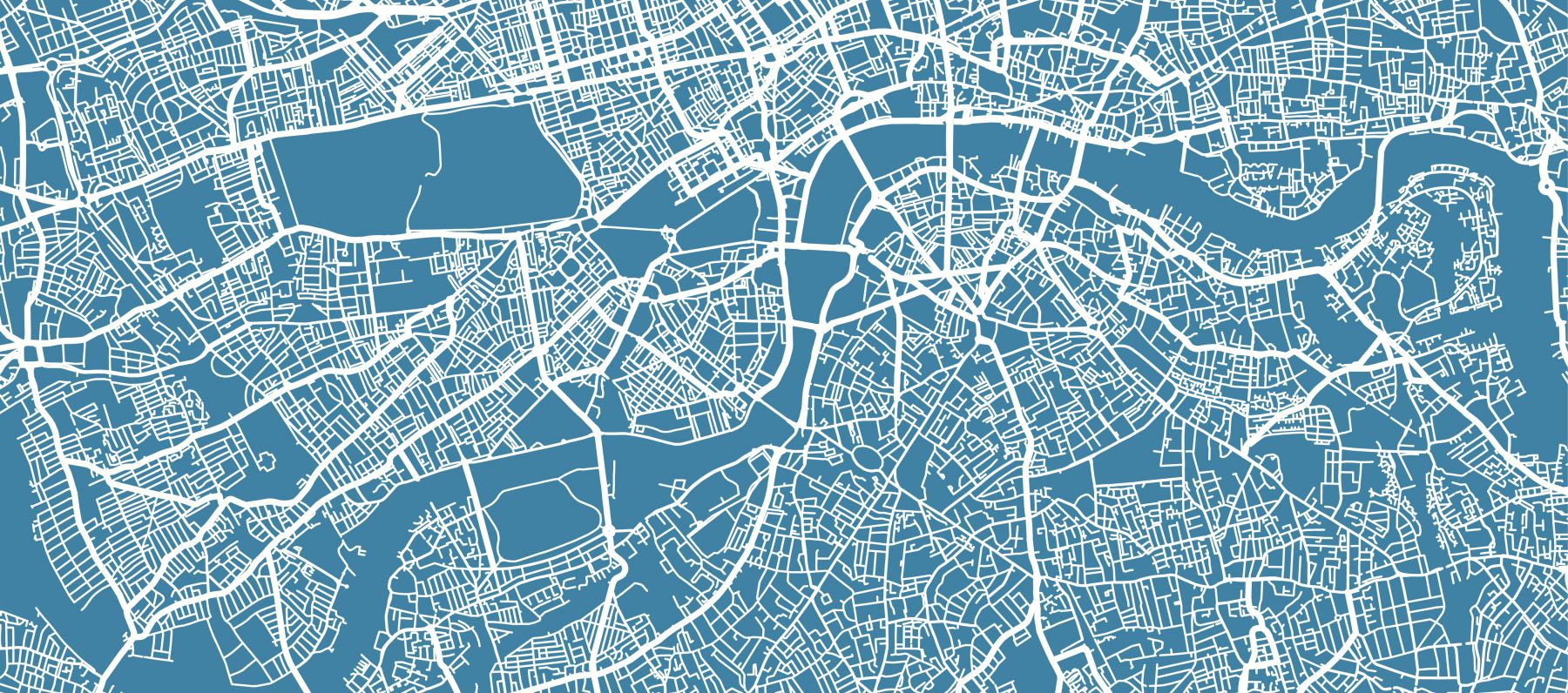
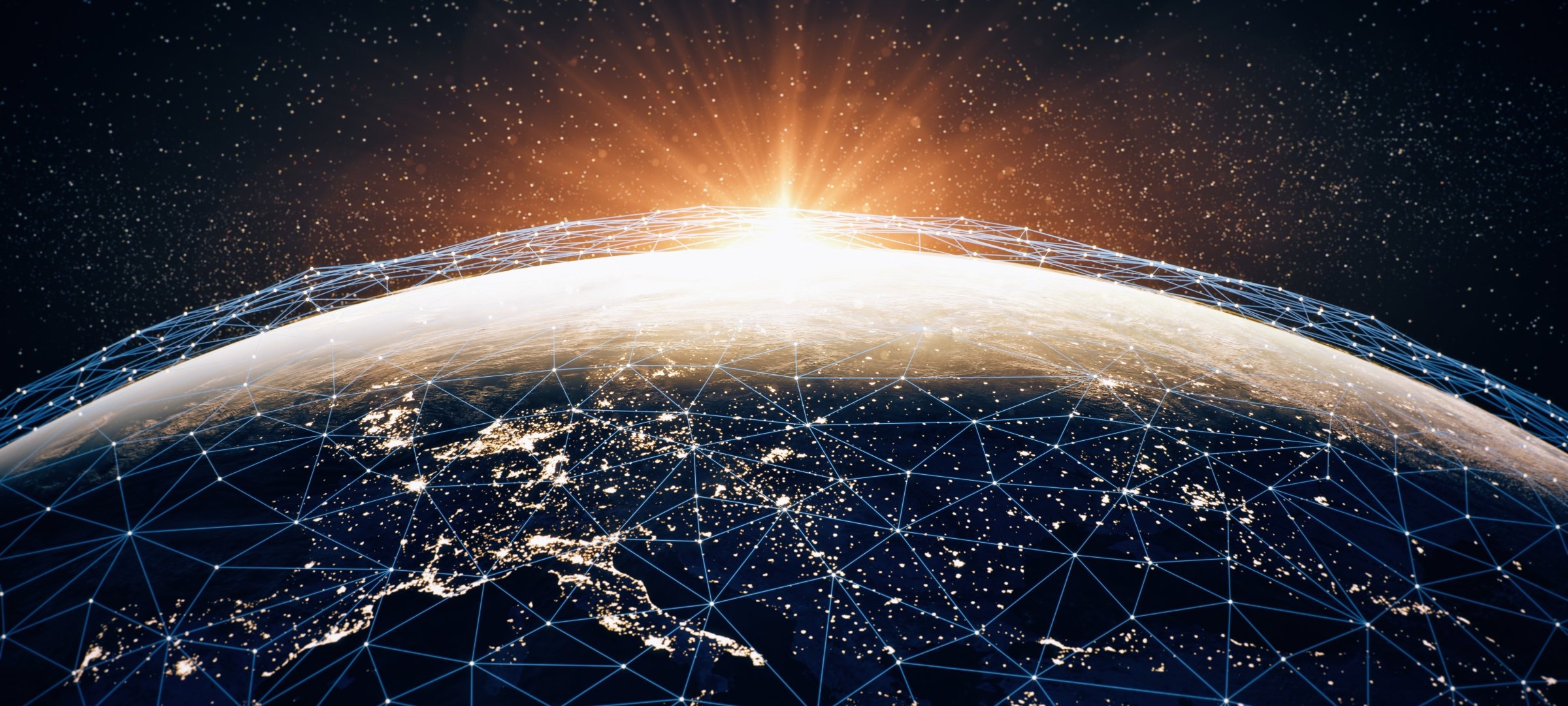
Remote Sensing in Geospatial Excellence
Remote sensing stands as another vital facet of geospatial excellence. It involves the collection of data from a distance, typically through satellites or unmanned aerial vehicles (UAVs). This technology empowers us to monitor and assess changes on the Earth’s surface without direct physical contact.
Remote sensing boasts a plethora of applications, ranging from agricultural monitoring to biodiversity conservation. For instance, it enables farmers to analyze crop health and optimize irrigation, leading to increased agricultural productivity. In the realm of biodiversity conservation, remote sensing aids in tracking deforestation and changes in habitats, contributing to the preservation of critical ecosystems.
Geospatial Systems and Applications
The applications of geospatial systems are as diverse as the world they encompass, continually expanding their reach and impact. They have redefined the way we approach various fields and challenges, providing solutions that were once beyond imagination.
In urban planning and development, geospatial analytics play a pivotal role in optimizing transportation networks, planning sustainable cities, and managing infrastructure. For instance, geospatial data assists in identifying optimal locations for new roads or public facilities, enhancing the quality of life for urban residents.
In the arena of disaster management, geospatial technologies have proven indispensable. Satellite imagery and geographic mapping enable early detection of natural disasters such as hurricanes and earthquakes. This information empowers timely evacuation and relief efforts, ultimately saving lives and mitigating damage.
Geospatial excellence encompasses a rich tapestry of technologies and applications that have revolutionized the way we perceive and interact with the Earth’s surface. From the early use of rudimentary maps to the sophisticated capabilities of modern geospatial software, this field has witnessed remarkable evolution. Today, geospatial technologies, satellite imagery, internet mapping technologies, and geographic information systems are integral to various aspects of our lives, from navigation and urban planning to disaster management and national security.
As we continue to harness the power of geospatial data and analysis, it is imperative to recognize its vital role in addressing global challenges. Whether optimizing agricultural practices, conserving biodiversity, or ensuring national security, geospatial excellence stands as a linchpin in shaping a more informed and sustainable future. With the ongoing development of geospatial technologies and the ever-expanding applications of location intelligence, we can anticipate even greater strides in our understanding of the world around us. The word “geospatial” no longer signifies a niche field, it embodies a dynamic force that drives progress and innovation across a multitude of domains.